Flipping the Classroom. By Cynthia J. Brame, CFT Assistant Director Printable Version “Flipping the classroom” has become something of a buzzword in the last several years, driven in part by high profile publications in The New York Times (Fitzpatrick, 2012); The Chronicle of Higher Education (Berrett, 2012); and Science (Mazur, 2009); In essence, “flipping the classroom
Get Started for FREE
Sign up with Facebook Sign up with X
I don't have a Facebook or a X account

 Your new post is loading... Your new post is loading...
 Your new post is loading... Your new post is loading...

Gean Ahmad's curator insight,
February 20, 2021 1:51 PM
la mejor manera de incursionar en este tipo de metodología educativa, esta muy bien ilustrado además brinda confiabilidad y veracidad ya que fue creado por pioneros y personas expertas en este método

Jose Barrera's curator insight,
September 9, 2023 4:40 PM
Although this website requires being a student to access this content, I am observing this graph demonstrated above. I agree students should be given opportunities for problem based learning, experiments, and making meaning of their learning. These are valuable tools for anyone trying to learn a new skill, or find new ways of doing anything.

Aprendiendo juntos's curator insight,
April 1, 2016 4:24 AM
Download instructions, teaching suggestions and tips for getting started as well as a tutorial video. Free. 
Ajo Monzó's curator insight,
April 1, 2016 7:41 AM
Download instructions, teaching suggestions and tips for getting started as well as a tutorial video. Free. 
Jose Barrera's curator insight,
September 8, 2023 1:33 PM
This was a valuable resource to help make lessons around videos that already exist, and post questions for students to assess their understanding of the vide. So See if they actually saw the video and reflect on what it was about.

Tina Jameson's curator insight,
October 23, 2014 6:40 PM
This blog article extols the virtues of using the flipped classroom approach to address differentiation. 
Jose Barrera's curator insight,
September 9, 2023 12:45 PM
This article talks about a hybrid approach termed “fliperentiated” instruction and refers to flipping the classroom and also providing differentiated instruction for students. It combines the strengths of both of these approaches to teaching. The focus of this approach is to begin with the end in mind, use the data you receive from your students, and reframe the teacher’s role to more of a facilitator. |

Jose Barrera's curator insight,
September 10, 2023 6:48 PM
The "4 Pillars of Flipped Learning" article is highly relevant to my role as an algebra teacher and my ongoing studies in educational technology. It outlines foundational elements like a flexible environment and intentional content, which I can integrate into my classroom to enhance student engagement and learning outcomes. This learner-centered approach aligns with my professional development goals and my interest in leveraging technology for more effective teaching.

Jose Barrera's curator insight,
September 9, 2023 4:35 PM
This article was interesting and gave a great look into the flipped classroom approach. This article shows that flipped classrooms is aligned with Bloom’s Revised Taxonomy, pushing students to engage in higher-level cognitive activities like application, analysis, and synthesis in class while they consumed information at the lower levels outside of class. The four key elements in a flipped classroom mentioned in this post were: 1. Exposure prior to class, 2. Incentive for Preparation,3. Mechanism for assessment, 4. In-Class Higher-level activities. The flipped classroom model’s adaptability, focuses on higher-level cognitive skills, and evidence-based efficacy and this I believe makes it a compelling approach to use in my teaching.

Jose Barrera's curator insight,
September 9, 2023 12:56 PM
This article provides great resources that help make the content relatable to students. I found a resource that I used for my students understand and make the content relatable. They saw me present some examples in the video I assigned them, and we discussed the scenarios in class ( Homework) .

Jose Barrera's curator insight,
September 8, 2023 3:32 PM
I found it interesting that the first hurdle educators need to overcome is the educators mindset. I think this is the most important hurdle of anything. I often have to deal with students mindset hurdle over their actual level of skills.
Kristen McGowan's comment,
August 9, 2014 5:21 PM
This was an incredibly quick read being an infographic. While flipping the classroom sounds like a daunting process, this 6 step guide provides a clear sequence on how to initiate this change.
Kristen McGowan's comment,
August 9, 2014 5:21 PM
This was an incredibly quick read being an infographic. While flipping the classroom sounds like a daunting process, this 6 step guide provides a clear sequence on how to initiate this change.

Jose Barrera's curator insight,
September 9, 2023 12:52 PM
This image with these steps has motivated me to record my videos and provide guidance for my students. I have students who struggle understanding my lesson at time, if I give them the option of watching it over, I think they could understand algebra better and get the results we need.

Jose Barrera's curator insight,
September 8, 2023 1:28 PM
In this video, this school decided to use the flip classroom approach out in Michigan. The school Clintondale High School was desperate to make a change, and they decided to have students watch the lesson at home, and do homework at school. This helped the teacher best assist the student because they were doing the practice in school. I liked that students showed growth, and we can see a lot of students benefited because they had less distractions at home. |







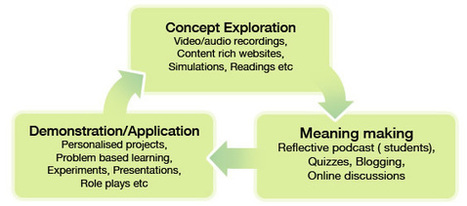
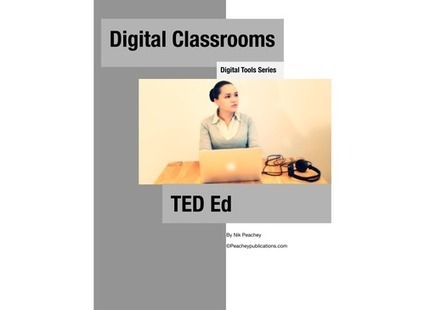
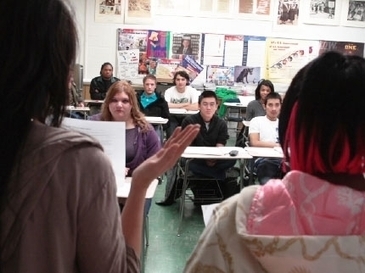


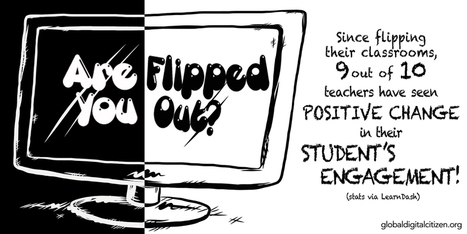
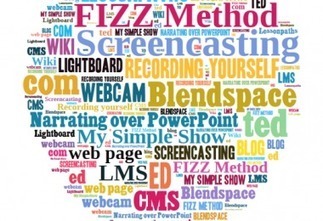







This article was interesting and gave a great look into the flipped classroom approach. This article shows that flipped classrooms is aligned with Bloom’s Revised Taxonomy, pushing students to engage in higher-level cognitive activities like application, analysis, and synthesis in class while they consumed information at the lower levels outside of class.
The four key elements in a flipped classroom mentioned in this post were: 1. Exposure prior to class, 2. Incentive for Preparation,3. Mechanism for assessment, 4. In-Class Higher-level activities.
The flipped classroom model’s adaptability, focuses on higher-level cognitive skills, and evidence-based efficacy and this I believe makes it a compelling approach to use in my teaching.